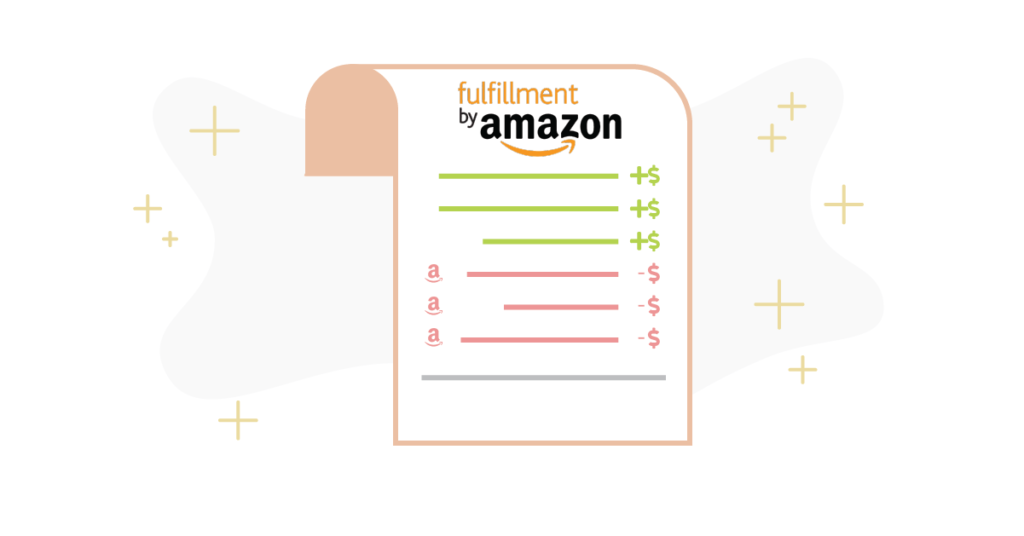
Some FBA sellers react to Amazon fee increases with a huge dose of negativity. It’s the beginning of the end; Amazon doesn’t really want FBA sellers, it’s trying to ruin them, the business isn’t as profitable as it used to be and soon it will be all over.
(No, it won’t – please believe it!)
It may not surprise you to know that these are not usually the sellers who take effective action. In fact, there’s quite a lot you can do about fee increases, so let’s look at some of the things you ought to be doing. (Moaning about Amazon is not one of those things.)
First, you need to know exactly what the increases will do to the profitability of each of your products. For some of your most profitable products, it’s not going to be a huge problem, though it will reduce your profit margin a little.
But you may have some products that just won’t be profitable after the fee increase; it’s up to you to either kill them off, or find a way to get back profitability. Can you bundle the products, offer multi-packs, or redesign your packaging to make them lighter and smaller so they fit in a less expensive fulfillment category?
Secondly, you may reconsider how much work you’re getting Amazon to do. Basically, the easier you make your life, the more Amazon charges you for the privilege. If Amazon does all your prep, you’ll pay for it. Bagging and bubble wrap might cost $2 a unit, which is a big cost if you’re selling an $18 item.
Look at everything Amazon is doing and assess whether you can get your manufacturer to do it more cheaply. That includes:
• bagging and wrapping
• FNSKU bar code labeling
• manual processing if you don’t provide box content information.
A lot of this can be done by your supplier, and they’ll probably be able to do so more cheaply than Amazon.
Thirdly, you may need to put product prices up. Go gently with this; you don’t want customers to get sticker shock. You should also look at each product separately rather than just putting a blanket percentage hike on all your prices. Some products may be by far the cheapest in their category and could possibly stand a catch-up price increase. Others might be in highly competitive categories, where competitive pricing is vital; you’ll need to keep an eye on what your competitors are doing to know whether a price rise will work out.
And action number four should be to look at your storage and aged inventory costs. Keeping tighter control of inventory, selling off, liquidating or removing aged stock that isn’t turning over, and maybe keeping buffer stock are all actions that can help you pay less to Amazon.
You might also see how much you can get from the 10 percent referral bonus Amazon pays on traffic that you’ve referred from your own website or from social media. (You’ll need to use Amazon Attribution to make this work.) If you get your TikTok feeds really working for you, for instance, the savings could make a considerable difference to the total you’re paying Amazon.
FBA sellers pay, on average, between 15 and 20 percent of their revenues to Amazon in fees. That’s a big chunk of money, so even if Amazon doesn’t increase its fees in 2023, you still might want to run through these various actions to see if there are areas you can improve.
